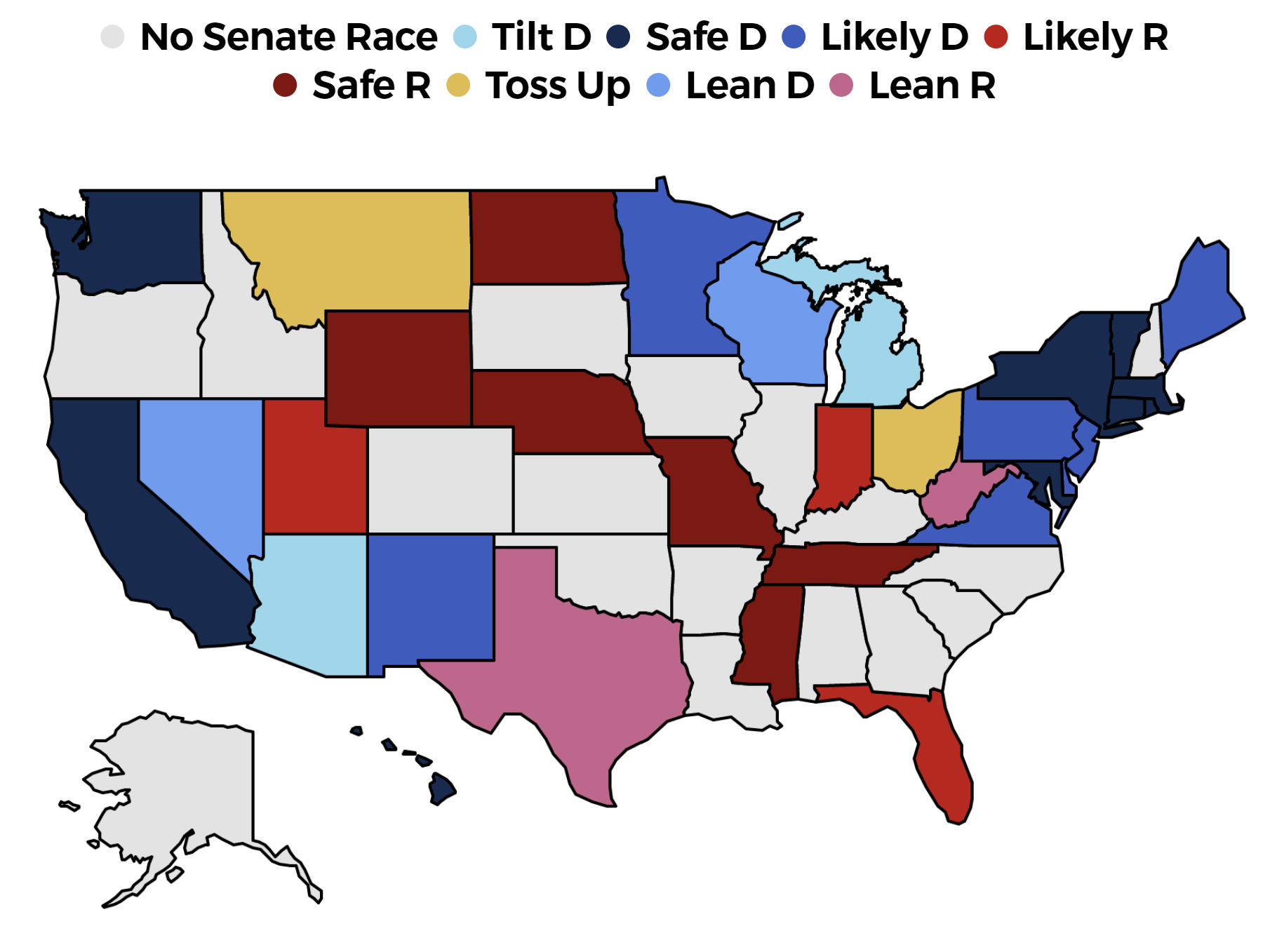The Buckeye State is Back: Ohio is Now a Battleground State
Photo Credit: Michael Stokes / CC BY (https://creativecommons.org/licenses/by/2.0)
By: Logan Phillips
Date: September 28th
Ohio has long been the gatekeeper in Presidential politics for the Republican party. Since the party’s inception in 1854, no Republican has ever won a presidential election without first securing victory in Ohio. However, 2020 was shaping up to be the first presidential cycle in at least thirty years where Ohio was no longer a central focus for either party. Republican felt bullish on their chances in the Buckeye state after President Donald Trump won it by a resounding eight percent in 2016.
They believed that President Trump’s gains with white working-class voters in Ohio represented a tectonic shift in the state towards the Republican party. Perhaps time will prove them right, but in 2020, polling indicates that some of these voters are moving back towards the Democratic party. This change, combined with Democratic gains in the suburbs, gives Joe Biden a slight advantage in the state, and he now has a 1.7% lead in our polling average.
This is surprising, but it shouldn’t be earth shattering. Ohio has easily been one of the nation’s most competitive swing states for many decades, and 2016 was only the second time since 1988 that a party finished ahead by more than 5%. The last time it happened was 1996, and Republicans won it back just four years later.
While the evidence has shown that Biden has been outperforming expectations here since at least April, it was less clear if this had any implications on electoral strategy. Joe Biden has consistently held a lead in the national polls, and resultantly, some of the states that are the most competitive, (like Georgia and Texas). aren’t the states that are the most important in determining an election day winner. Trump would likely have to narrow his national deficit to win 270 electoral votes, and at that point he’d likely have a clear advantage over Biden in those type of states.
Both Joe Biden and Donald Trump have devoted the lion share of their resources to the six consensus states deemed by both parties at the most likely to determine the winner of the election. They are Michigan, Pennsylvania, and Wisconsin in the Midwest, and Florida, North Carolina, and Arizona in the Sun Belt.
Now, at least according to our forecast, the number of top battleground states has swelled to to seven – with Ohio joining the list. We find that it’s slightly more likely to give Joe Biden the decisive 270th vote then North Carolina. What caused the change? Ohio has moved towards Biden in the last month, while Trump has narrowed his deficit in the national polls, and in Florida and North Carolina.
This moderately increases Joe Biden’s chances of winning, because he can afford to lose other swing states while still getting enough electoral votes if he performs well in the Buckeye State. For example, Biden could lose Florida, Pennsylvania, North Carolina, and Arizona, but still will if he is able to take Ohio, Michigan, Wisconsin, and Nevada.
Below, you can explore five scenarios where Biden or Trump barely wins the election thanks to a narrow victory in Ohio. We took all five from simulations of the RacetotheWH Presidential Forecast – which we run 50,000 times a day to determine how likely Joe Biden and Donald Trump are to win the election.
There’s a pretty good chance you’ll see a sharp increase in expenditures by Democrats in Ohio, and Biden has already decided to give the state more attention. Following the debate in Cleveland, Biden will host his first campaign events in the state since March.
Previously, Donald Trump had an enormous fiscal advantage. However, as the New York Times reported, the Trump campaign was quite undisciplined with its financial expenditures and has been forced to pull out its advertisements in Ohio to save money. In contrast, Biden broke Trump’s cash edge after a historically successful August, and the gap is only likely to widen in the aftermath of a Democratic small donor bonanza following the unfortunate passing of Justice Ruth Bader Ginsburg.
We Want Your Take:
Therefore, they can afford to widen the battlefield by one or two more states. They’ve started to play a bit in Iowa, and if I were Campaign Manager Jen O'Malley Dillon, I’d be investing around $10 to $15 million for the final month or so in Ohio as well. Unlike Florida or Pennsylvania, there are several inexpensive TV Markets that they can advertise in here, like Cincinnati, Dayton, and Columbus. Moreover, they’ve managed to take a lead despite being outspent 3:1 - but now they’ll be alone on the airwaves.
Every day from now to election day, you can keep a close eye on the status of the seven most important states right here at the Race to the WH. We’ve just added a new interactive feature to our Battleground States page, which gives you quick snapshot of each of the seven most important swing states. If you scroll down, you can see how we made our projection for each state, the current polling, and whether the state historically leans towards Democrats or Republicans. At the very bottom, we show you the impact each state has on Biden and Trump’s chances of winning the electoral college.











